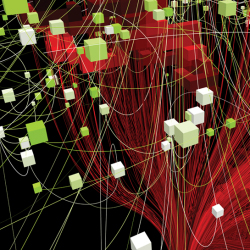It is very easy to create a bad API and rather difficult to create a good one. Recent APIs implemented in modern programming languages make the same mistakes as…
Michi Henning
Author Archives
Shape the Future of Computing
ACM encourages its members to take a direct hand in shaping the future of the association. There are more ways than ever to get involved.
Get Involved
